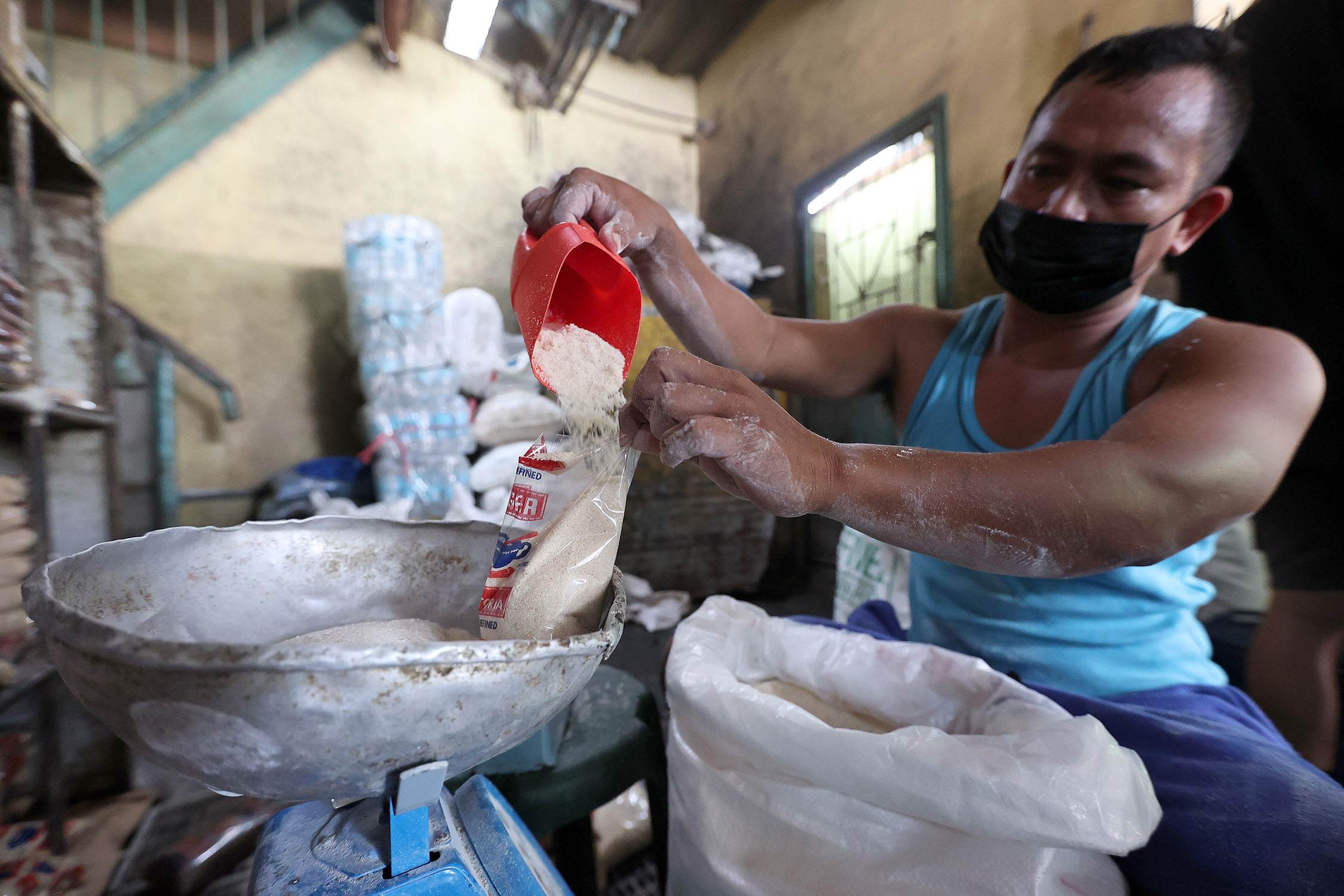Sugar production in the Philippines surpassed the initial estimate of the Sugar Regulatory Administration (SRA) for the current crop year despite the devastating damage of the El Niño-induced drought on major sugar-producing areas.
As of April 14, the volume of sugar produced totaled 1.86 million metric tons (MT) for crop year 2023-2024 that began in September last year, based on data from the Philippine Sugar Millers Association (PSMA).
SRA Administrator Pablo Luis Azcona said the agency was “happy” that output surpassed 1.85 million MT, which was also a 3.57-percent increase from the 1.799 million MT recorded for crop year 2022-2023.
“Higher production helps allay uncertainties in the supply of sugar in the country,” PSMA president Terence Uygongco said in a statement.
Azcona said adjusting the harvest cycle to Sept. 1 from last year’s schedule of August to improve yield has proven beneficial. The SRA would maintain the original schedule of starting the milling season on Oct. 1 “to further improve our cane quality.”
According to Azcona, the developments came despite the loss of a planting area in Batangas province.
It can be recalled that Central Azucarera Don Pedro Inc., a unit of listed Roxas Holdings Inc., permanently ceased its sugar business in Nasugbu town on Feb. 28 due to serious business losses. It has since then hinted at reviving its operations if a viable business opportunity arises.
Azcona said the SRA recorded a 3,000-hectare increase in planted area as more farmers were encouraged to cultivate sugarcane “mainly because of the very good farmgate prices from past year’s crop.”
“We were also lucky that El Niño only hit the tail end of the harvestable cane, and the effect was negated by the increase in planted area,” he said.
“However, this El Niño hit from November 2023 to present has greatly damaged the planted cane for the October 2024 harvest, and so far in Batangas, South Negros, and Mindanao, the October 2024 harvestable cane is suffering,” he added.
Azcona expressed hope that rains would come soon to sustain improvements in local sugar production until the next milling season.
In light of President Marcos’ Administrative Order No. 20, the PSMA said it has always extended its support to the government’s importation programs with the caveat that these should not affect local production. In AO 20, the Departments of Agriculture, Finance and Trade were instructed to streamline policies related to the importation of agriculture products and to remove non-tariff barriers.
“All we ask is that the volume to be imported is the deficiency in production including buffer stocks for contingencies and scheduled arrival of imports so as not to coincide with sugar milling,” Uygongco said.
The Sugar Council—an alliance of three sugar farmer federations accounting for 67 percent of the country’s output—called for “appropriate safety nets” and “effective competitiveness enhancement measures” to attain the directive’s objectives.
“The removal of the SRA’s existing importation rules and regulations, including its say on relevant fees and charges, would constitute a loss of SRA’s regulatory authority and revenues,” it said.
The group also urged the government to issue another order outlining the necessary safety nets to make the sugar industry and the agriculture sector competitive. INQ
